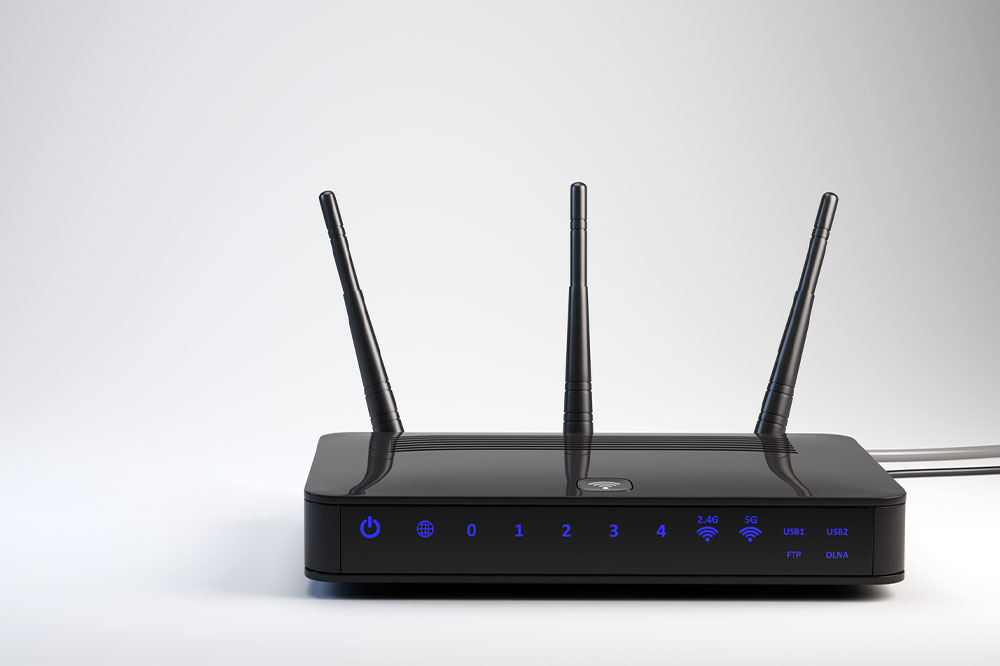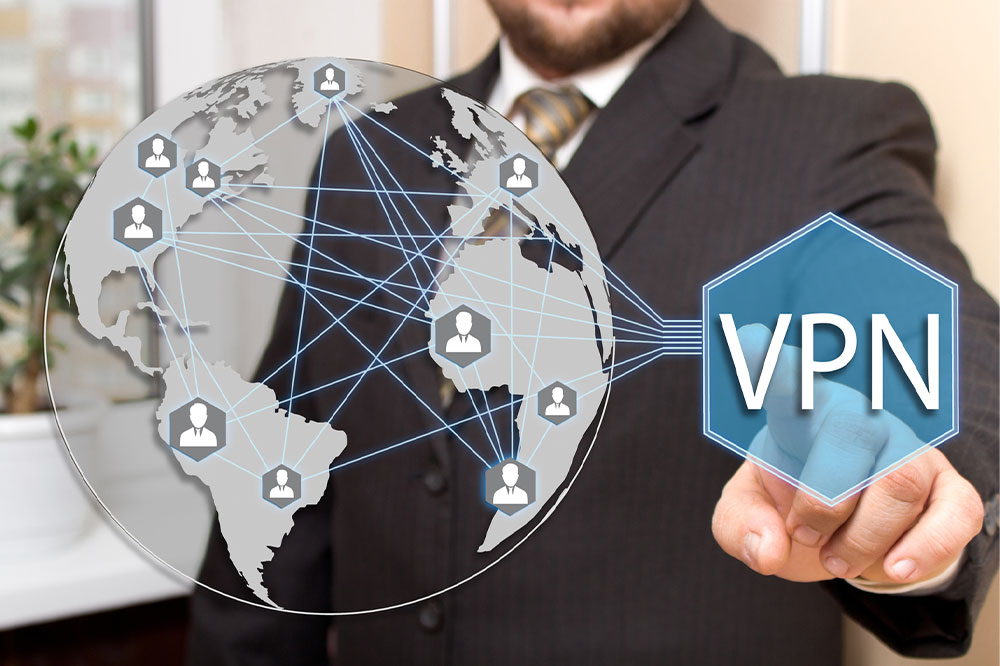A Comprehensive Guide to Broadband Connectivity and Its Impact
This article explores the importance of broadband connectivity in boosting the economy, enhancing education, and improving emergency services. It highlights current challenges, government initiatives, and future goals to expand high-speed internet access across the U.S., especially in underserved rural and low-income areas. Emphasizing the significance of infrastructure and digital literacy, it underlines how widespread broadband can foster equitable growth and innovation in the digital era.

Understanding Broadband Connectivity and Its Significance
Broadband internet plays a vital role in advancing sectors like economy, employment, education, and skills development. It serves as the primary medium for sharing information, online learning, career growth, and remote work across various fields.
Almost everyone in the workforce needs digital literacy, whether for job applications, online training, or upgrading skills. Young Americans, particularly those aged 15 to 27, frequently utilize the internet for job searches, education, and accessing government resources. Online education now includes vocational training, new courses, certification programs, and remote employment options.
Broadband has revolutionized the American way of work. It enables data transfer through radio, coaxial, and fiber-optic cables, supporting mobile, laptop, and desktop users. This infrastructure is crucial for economic growth, fostering innovation, and digital literacy through public initiatives like libraries, schools, and community centers, which aim to train millions of people.
Studies estimate an annual $21 billion boost in economic productivity fueled by expanded broadband access. Many Americans still lack internet connectivity, limiting their access to jobs, healthcare, education, and government services. Regions without high-speed internet struggle to attract new businesses and compete in a knowledge-based economy. Despite 72% internet adoption, many households remain unconnected.
Efforts include providing technical assistance, funding, workshops, webinars, and resources to expand broadband reach. Initiatives also focus on forming effective partnerships, developing innovative applications, and supporting small businesses. Toolkits with practical advice and reference materials help individuals from diverse backgrounds—such as seniors and minorities—access digital services, even if they have little experience with technology or English language skills.
Significant progress has been made, but further work is needed. Public-private collaborations are expanding broadband availability, including allocating 20 MHz spectrum for private sector growth. Enhanced communication networks are critical for emergency services like police, fire, and hospitals to operate seamlessly during crises. Improving network resilience will allow vital communications, especially in rural and tribal communities, with modern features tailored for safety and emergency response.
Despite advancements, the U.S. lags globally; in 2012, only 65% of Americans had broadband access, ranking 16th worldwide. Countries like South Korea and Singapore enjoy near-universal access, while many rural and low-income areas remain disconnected, hindering economic development. The goal is to connect 100 million homes with minimum speeds of 100 Mbps by 2020, reducing the over 14 million Americans still without broadband.
Another objective is for the U.S. to lead in mobile innovation—delivering fast, widespread wireless broadband. Ensuring all citizens can access gigabit-speed networks in schools, hospitals, and government facilities is essential. Infrastructure investments aim to bridge urban-rural gaps, providing equal opportunities and resources. First responders will soon have nationwide access to wireless broadband for improved emergency management.
The workforce continues to adapt to the digital economy, emphasizing the importance of broadband for education, employment, and skills training. Schools, libraries, hospitals, and other key institutions must have reliable internet to support lifelong learning and economic participation. The government seeks to connect communities, streamline communication across agencies, and foster inclusive growth in the digital age.










